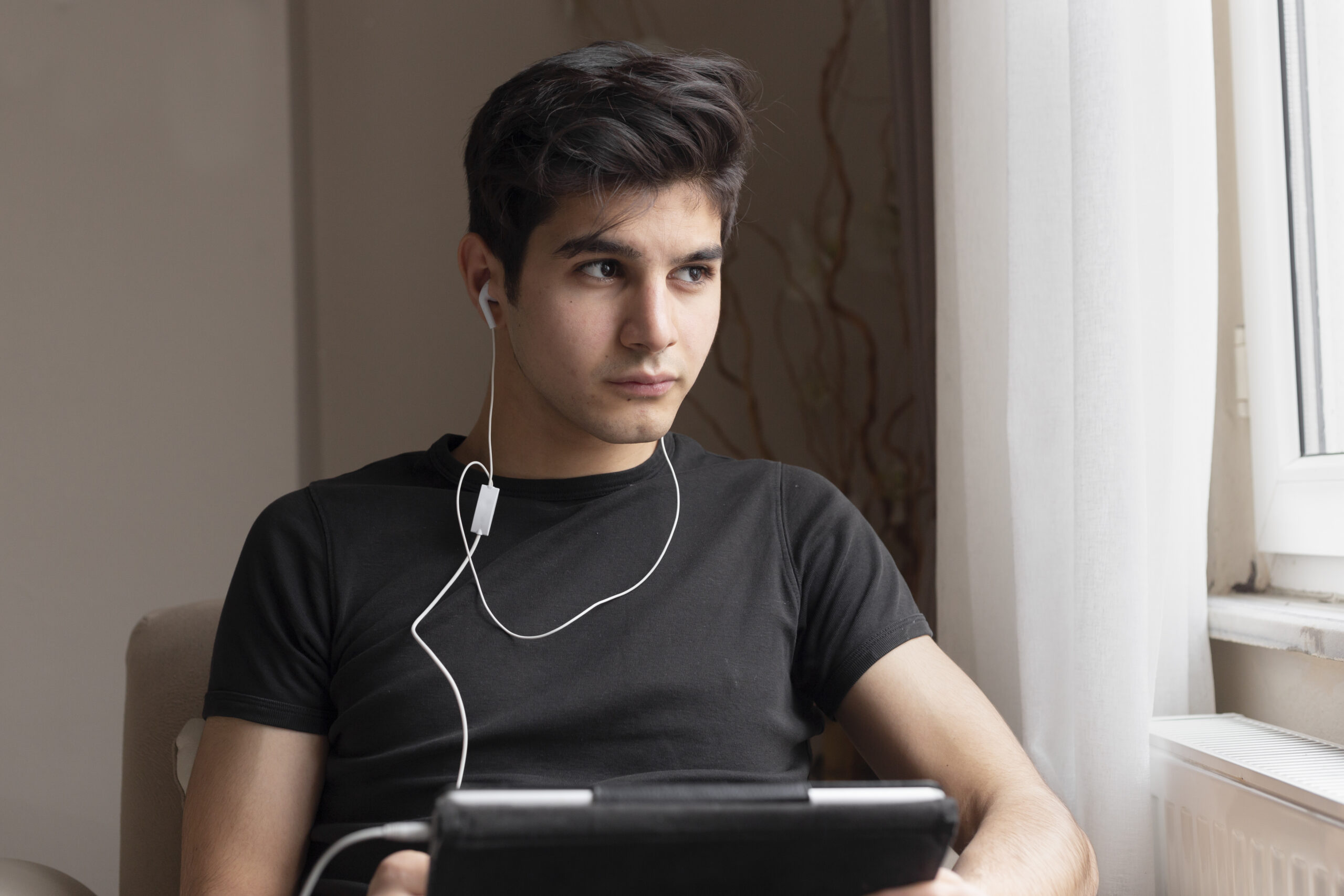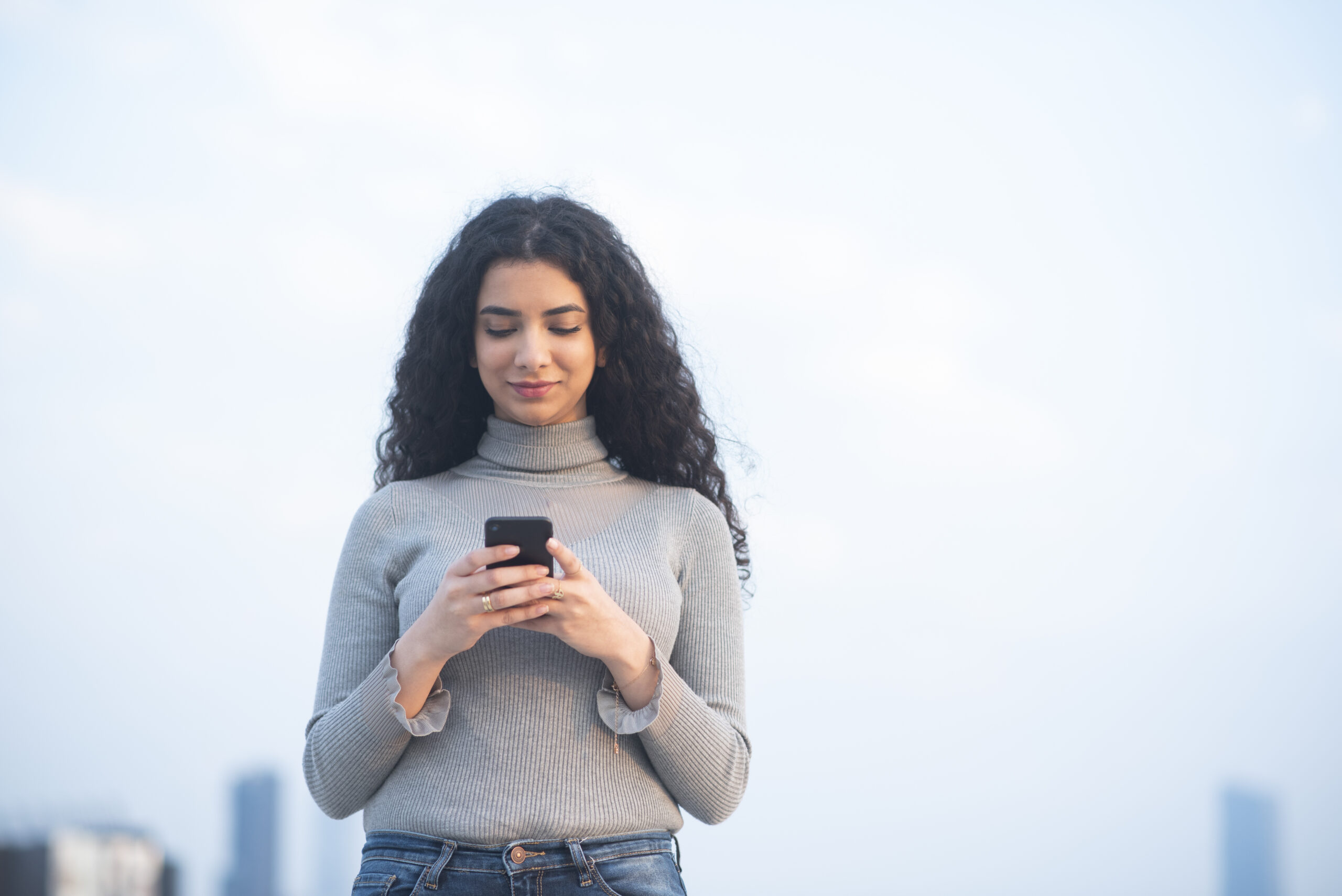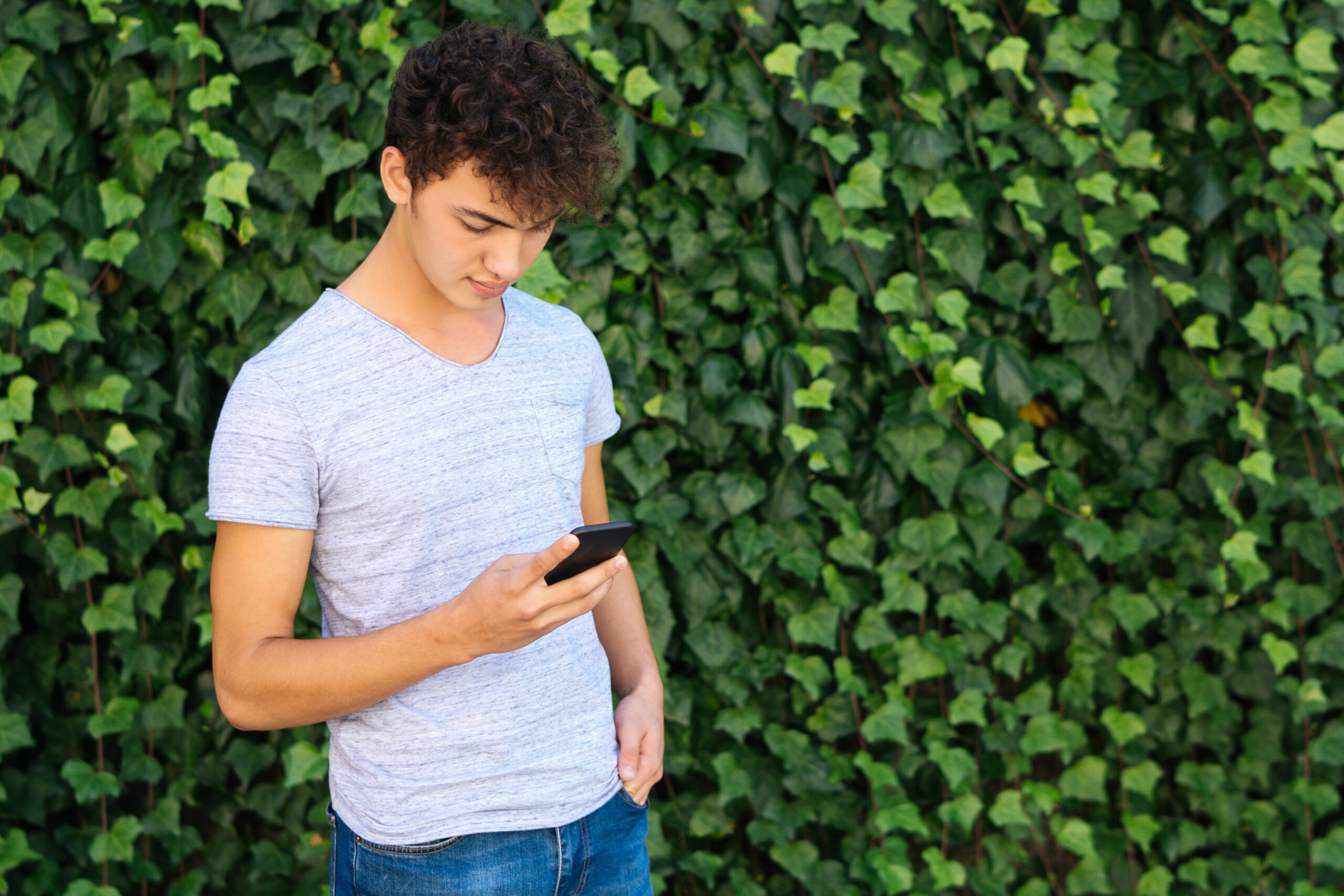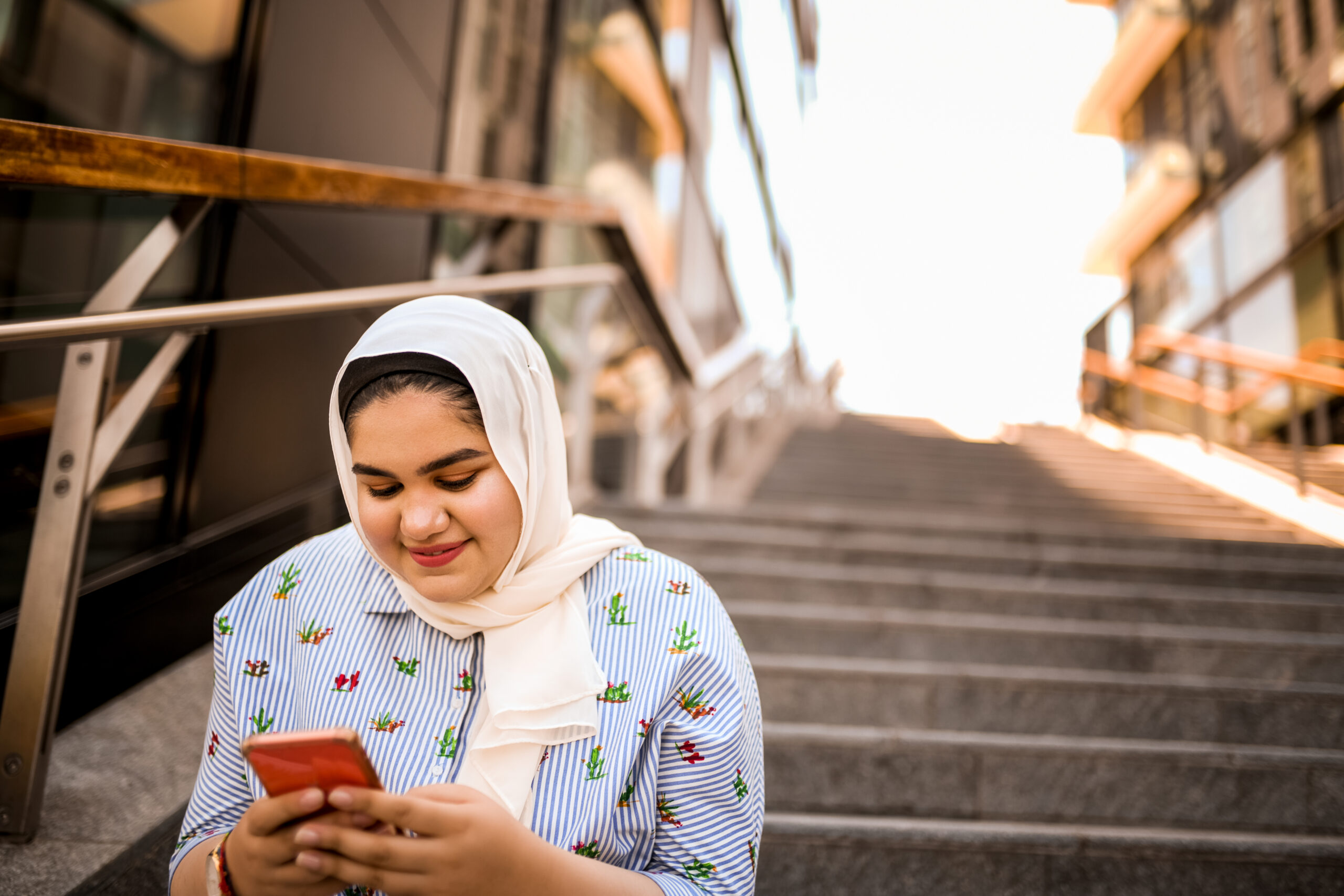Lesson 1: Introduction to Privacy
Before you start the lesson, make sure to read through the lesson overview and the lesson preparation. The Facilitator Guide can also help you prepare.
Lesson Overview
Students will explore their individual sense of privacy and the impact it has on their own lives. Students will consider the kinds of information they would like to keep private and the contexts in which they will/won’t share specific information.
Lesson Preparation
ESTIMATED TIME
ESSENTIAL QUESTION
- In the context of the digital environment, what does “privacy” mean to you?
MATERIALS
PREPARATION
- Print one handout per student.
OPTIONAL: ISTE DIGCITCOMMIT COMPETENCY
- ALERT: I am aware of my online actions and know-how to be safe and create safe spaces for others online.
- INCLUSIVE: I am open to hearing and respectfully recognizing multiple viewpoints, and I engage with others online with respect and empathy.
Privacy Game
CLASS INTERACTION
Distribute the “Privacy Game” handout.
TELL YOUR STUDENTS
You make decisions about your privacy every day, especially when you go online and use your mobile or other digital devices. Often, you may not spend a lot of time thinking about each of these decisions. But they all add up to become your own unique understanding of privacy. Privacy is the ability to control what other people know about you. You can do this by saying certain things about yourself (like telling other people your address or what you like to do for fun) or doing things around other people (like going to a store with your friends and picking out what you want the most).
Privacy matters whether you are in a room with other people or talking to them online. Privacy is based on your own decisions. What privacy means to you and your family might be very different than what privacy means to the other people in this group and their families. If we’re more aware of what we value as private and how our behaviors online can shape our privacy, we’ll be able to make better choices about what kind of privacy we want.
Now we’re going to engage in a quick game about privacy (please refer to the “Privacy Game” handout) that will help you consider how you think and feel about privacy. You will each fill out your handout, walk around the room with it, and introduce yourself to another student. You and the other student will then ask each other questions about the information that is on the handout. Don’t show the handout itself to the other students! Your handout won’t be collected at the end of the activity; you are free to take it home or throw it away if you’d like.
In every conversation, each student must share at least three answers to questions the other student poses. Students can choose to share more than three. Students can also choose which three or more pieces of information they share. How much information will each student share? What information will each student share? Let’s walk and talk!
CLASS INTERACTION
Have students fill out the handout. Then allow students 15 minutes to walk around the room and interact with each other. Afterward, engage in a discussion with the entire group using the following questions. At the end, make sure the students either throw their handouts away or take them with them. As the educator, don’t collect the sheets.
Discussion
ASK YOUR STUDENTS
- Were there any facts that you did not share with anyone? Which ones? Why?
- Which facts did you share? Why?
- Did everyone make the same decisions about what to share? Why/why not?
- Depending on who you share with, why might you share more, or less, of this kind of information? When would you share it?
- Was there anything that you did share during this activity that you would not have shared with everyone you know? Why not?
- Is this kind of information public? Private? Why? Is this the same for everyone?
TELL YOUR STUDENTS
As you just heard, people made different decisions about what to share and what not to share. They also had various reasons for their choices. What we just did was a game. But we make these same types of decisions every day in real life. We decide whether or not to post specific photos on social media. We decide whether or not we want specific contact information, such as our email address, publicly available on our social media accounts. What we decide may be different than what our best friend decides or even what we decided last month. Even if we make the same decisions at two different points in time, our reasons might be different. These various decisions and reasons represent our personal understanding of privacy.
Simply stated, privacy refers to how we choose to handle information about ourselves. This information can include parts of our identities, activities, preferences, routines, and other aspects of our lives. In today’s digital world, there are more opportunities than ever before to share information about ourselves with others. So, it’s important that we become aware of our own understanding of privacy and that we think about whether we’re comfortable with that understanding or not.
ASK YOUR STUDENTS
- Based on your behavior in the game about privacy, as well as your behavior in day-to-day life, how would you define privacy? Why?
- Is all private information also a secret? Possible answer: Not necessarily.
TELL YOUR STUDENTS
For example, your birthday may not be a secret the way your diary entries are. There are plenty of people in the world who know your birthday and who need to know it, like your parents/guardians or your doctor. But just because something isn’t a secret, you can still perceive it as private. Most of us wouldn’t want everyone to know our birthday because we see that as information that only people close to us or people who have a particular reason to know the information should have. These types of decisions about who should know something about us, when, and why are the key to privacy.
ASK YOUR STUDENTS
- Are there some other things that aren’t necessarily secrets that you might still want to keep private from people you don’t know well/people you’ve just met? Some examples include phone numbers, emails, photos, videos, etc.
- Are there some things you might keep from your parents/guardians or your friends?
- How about your teachers or other educators? Some examples include: your results at school, your Instagram account, your diary.
- Did you learn anything about your personal understanding of privacy that surprised you?
TELL YOUR STUDENTS
You can take the Privacy Game with you after we wrap up today! Now that you’re thinking more about privacy, you will see countless opportunities to make choices every day where you put your own understanding of privacy into action.
Assignment
TELL YOUR STUDENTS
Now we are going to explore your personal understanding of privacy a bit more. 1) Find three examples online where someone shared or posted something that you would personally keep private. These can be from celebrities, political figures, or business leaders, or you could search by hashtag or through a general search online to find random examples. Try to find a variety of resources (e.g., photos, videos, text-based posts, such as comments someone made on social media and/or a news media platform) on different topics. 2) For each example, compose a one-paragraph description of why you would choose to keep this information private.
In your paragraph, please also explain if/how your personal opinion on sharing this information changes depending on the context (e.g., who you’re interacting with, the number of people involved in the interaction, purpose and goal, environment [school vs. outside of school]).
This assignment can be done in class or as homework.
Congrats!
You've finished the lesson
Source:
This content is hosted by Meta and currently includes learning resources drawn from Youth and Media at the Berkman Klein Center for Internet & Society at Harvard University under a Creative Commons Attribution-ShareAlike 4.0 International license. You can make use of them, including copying and preparing derivative works, whether commercial or non-commercial, so long as you attribute Youth and Media as the original source and follow the other terms of the license, sharing any further works under the same terms.



 Back to Overview
Back to Overview 




